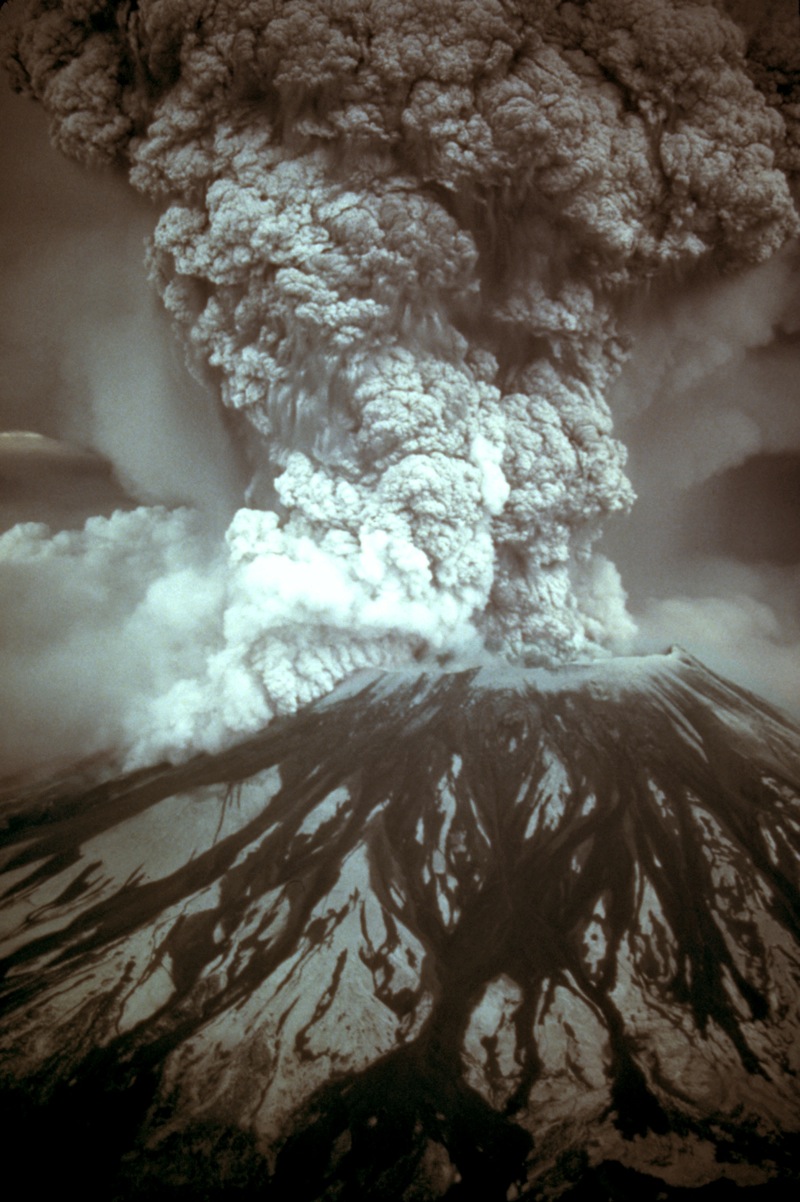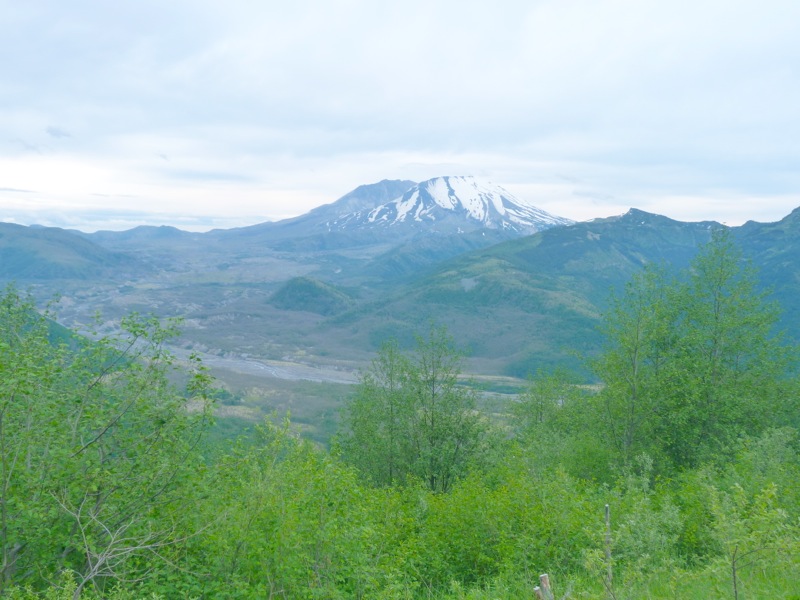Railroad Park
 Thursday, August 2, 2012 at 5:00AM
Thursday, August 2, 2012 at 5:00AM Railroad Park is a nineteen acre green space in downtown Birmingham, only a few blocks from where I work.
Opened in 2010, the area was a collaboration between public and private sources to create an urban park that acknowledges the city's industrial roots and the materials that shaped it. It is bordered on one side by an active railroad yard and on the other by the University of Alabama in Birmingham and its world renowned medical center.
I visited on a hot day earlier this summer, and I was impressed with the peaceful atmosphere, surprising given its industrial setting. An elevated walking trail provides a great view of the train tracks and downtown skyscrapers. There are no train crossings, so no train whistles, only a slow chug as children play and joggers and couples move along the walkways.Water softens the hard edges of rock and steel, as lakes and streams cover about a third of the park.
Railroad park is often host to concerts and cultural events. There are playgrounds and an amphitheater and lush green lawns, truly a retreat for urban dwellers and visitors. It is a place for picnics and family recreation, a place to relax and to exercise; despite the heat, there were quite a few people enjoying the park the afternoon I visited.
Above left shows the creative structure of some of the seating, using rocks unearthed when construction on the site began. There is also plenty of more traditional seating, shown on the right.
Plantings are primarily native grasses and masses of both perennials and annuals. Hundreds of young flowering trees, hardwoods, and evergreens will grow to someday provide much needed shade.
Railroad Park replaces blocks of urban blight and reflects the community spirit that has led to revitalization plans for additional downtown areas. More developments, including a new ballpark, are underway adjacent to the area. Railroad Park demonstrates the increased value and improved quality of life that green spaces can bring to the most urban environment.
 Permalink
Permalink 





